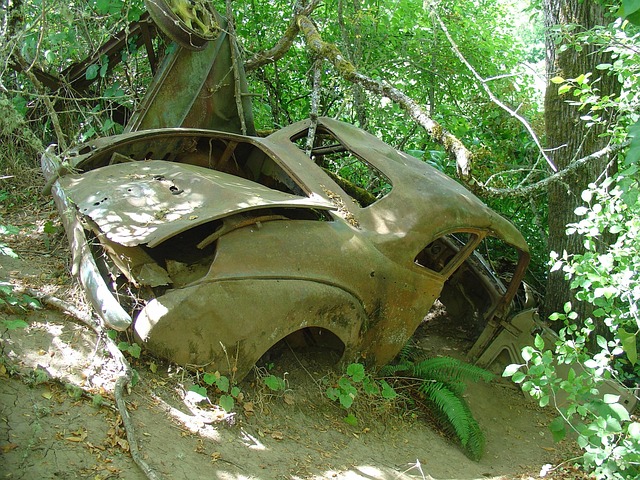Personal injury cases for wrongful death claims seek justice and compensation for families suffering losses due to another party's negligence or intentional actions. Key elements include proving a legal duty, breach of that duty causing harm, and demonstrating causation. Navigating these cases requires gathering essential evidence, engaging an experienced attorney who adheres to state laws, and maintaining clear communication between lawyer and client throughout the process.
In the event of a tragic loss due to someone else’s negligence, exploring a personal injury case for wrongful death claims can be a vital step towards justice. This comprehensive guide delves into the intricacies of these cases, offering clarity on key elements required to prove liability. From understanding the legal framework to navigating the process and filing a claim, this article equips readers with essential knowledge to pursue compensation and honor their loved ones’ memories.
- Understanding Personal Injury Cases for Wrongful Death Claims
- Key Elements to Prove in a Wrongful Death Case
- The Process and Steps Involved in Filing a Claim
Understanding Personal Injury Cases for Wrongful Death Claims

Personal injury cases for wrongful death claims are legal battles aimed at securing justice and compensation for families affected by a loved one’s untimely demise due to another party’s negligence or intentional actions. When a person loses their life as a result of someone else’s carelessness, medical malpractice, defective products, or even elder abuse, their family members may be entitled to accident compensation. These cases are complex, requiring thorough investigation and expert legal counsel.
Understanding the intricacies of personal injury law is crucial in navigating these claims effectively. Families must demonstrate that the defendant’s actions or inactions directly caused the decedent’s death and that there was a breach of a duty of care. The focus is on holding responsible parties accountable and ensuring that victims’ families receive fair and adequate accident compensation to help them cope with their losses.
Key Elements to Prove in a Wrongful Death Case

In a personal injury case involving wrongful death claims, several key elements must be proven to establish liability and secure justice for the victim’s family. The first step is to demonstrate that a valid legal duty existed between the defendant and the deceased. This could be based on various relationships, such as employer-employee, driver-pedestrian, or healthcare provider-patient.
Next, plaintiffs need to prove that there was a breach of this duty, resulting in direct harm to the deceased. In many cases, this involves showing that the defendant’s actions (or lack thereof) fell below the standard of care expected and caused the victim’s untimely death. Establishing causation is crucial; it must be proven that the defendant’s negligence was the proximate cause of the accident or incident that led to the wrongful death. Additionally, in homeowner insurance claims or property damage claims related to such cases, demonstrating the extent of damages, including medical expenses, loss of companionship, and pain and suffering (if applicable), is essential to securing adequate accident compensation for the grieving family.
The Process and Steps Involved in Filing a Claim

When navigating a personal injury case for wrongful death claims, understanding the process and steps involved is crucial. The initial phase begins with gathering essential evidence, including medical records, police reports, and witness statements. These documents play a pivotal role in constructing a compelling narrative surrounding the incident that led to the loss of a loved one. Engaging the services of an experienced auto accident attorney or accident lawyer is a vital step, as they can provide guidance tailored to state laws and help ensure all legal requirements are met.
The lawyer will assess the case, determine liability, and strategize the best course of action. This may involve negotiating with insurance companies or filing a lawsuit in real estate litigation if necessary. Throughout this process, clear communication between the attorney and client is essential. Regular updates on progress, potential outcomes, and the next steps ensure the client remains informed, empowering them to make informed decisions regarding their personal injury case.
A successful personal injury case for wrongful death claims requires a comprehensive understanding of legal processes and a strong demonstration of key elements. By gathering substantial evidence, presenting compelling arguments, and adhering to the proper steps involved in filing a claim, victims’ families can navigate this difficult journey towards justice and compensation. Remember that each case is unique, so seeking professional legal guidance is essential to ensure the best possible outcome.





